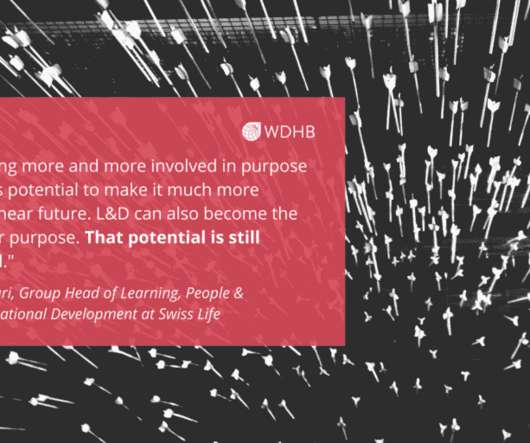The Hidden Ways Organizational Culture Can Impact Your Team’s Functioning
Lead Change Blog
NOVEMBER 11, 2016
A few years ago when I was managing a high energy, informal, friendly, and fun team, I could count on everyone to work well together–with one exception. Consistency/Hierarchy: A formalized work environment with high role definition and replicated practices/procedures. Corresponds with “Analyzing/Conscientious” or “C” styles.).



















Let's personalize your content